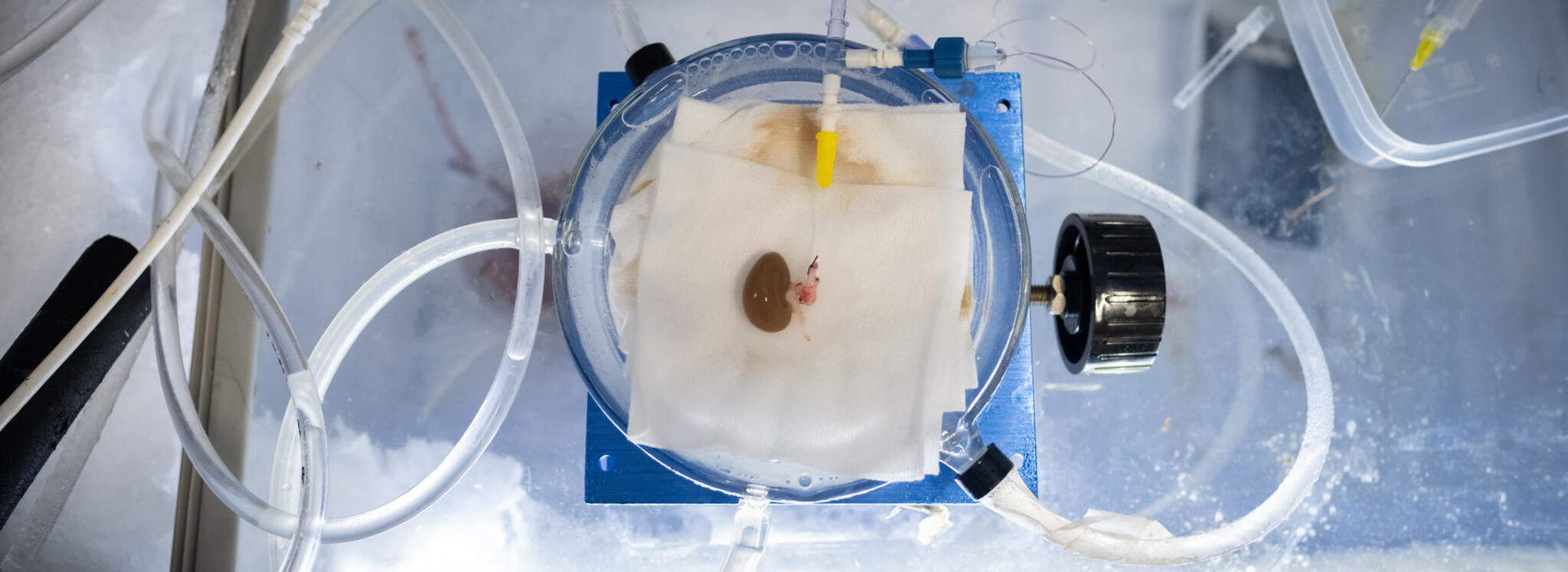
Top Story: Scientists successfully unfroze rat organs and transplanted them — a ‘historic’ step that could someday transform transplant medicine
A rat kidney is just the size of a quarter. At the University of Minnesota, five rats had their kidneys removed and vitrified—the process in which the kidneys are shocked into an icy state of suspended animation. Researchers then restarted the kidney’s biological clock, rewarming it before transplanting it back into the live rat. This is the first time scientists have been able to successfully and repeatedly transplant a life-sustaining mammalian organ after being rewarmed from this icy metabolic arrest.
If researchers can translate this process over to humans, it could be revolutionary. Hundreds of thousands await organ transplants, with only a small amount actually getting them. This process would eliminate the wait time, saving thousands of lives. For years, scientists have attempted this process or something similar, dating back to the 1930s. The team at the University of Minnesota has been able to vitrify and revive human, mouse and pig pancreas islet cells, as well as rat hearts and livers. “So far, we have been able to stay on the successful side of failure,” says Erik Finger, MD, co-author of the study and transplant surgeon at the University of Minnesota Medical School.
The team continues to make progress, looking to refine and test the technique on human organs as soon as the next year or two, with clinical trials to follow in the coming years. But first, their focus is larger, pig organs.
You can read more about this study and cryopreservation here.